| T O P I C R E V I E W |
| Tuy |
Posted - 10/08/2010 : 05:15:38
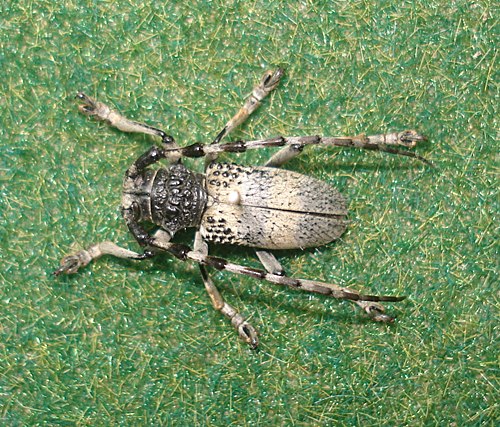
I think it is in the genus Arctolamia
size 16 mm.
From Chiangmai northern of Thailand.
Help me to identification. |
| 8 L A T E S T R E P L I E S (Newest First) |
| Xavier |
Posted - 03/09/2022 : 11:24:19
Fist and last pictures are, for me, specimens of Arctolamia luteomaculata Pu, 1981.
I add here 2 males and a female fron Thailand(Chiang Mai): despite the absence or presence of black patterns on the elytra, it is a single species as shown in the typical series posted by Xaurus here or there.
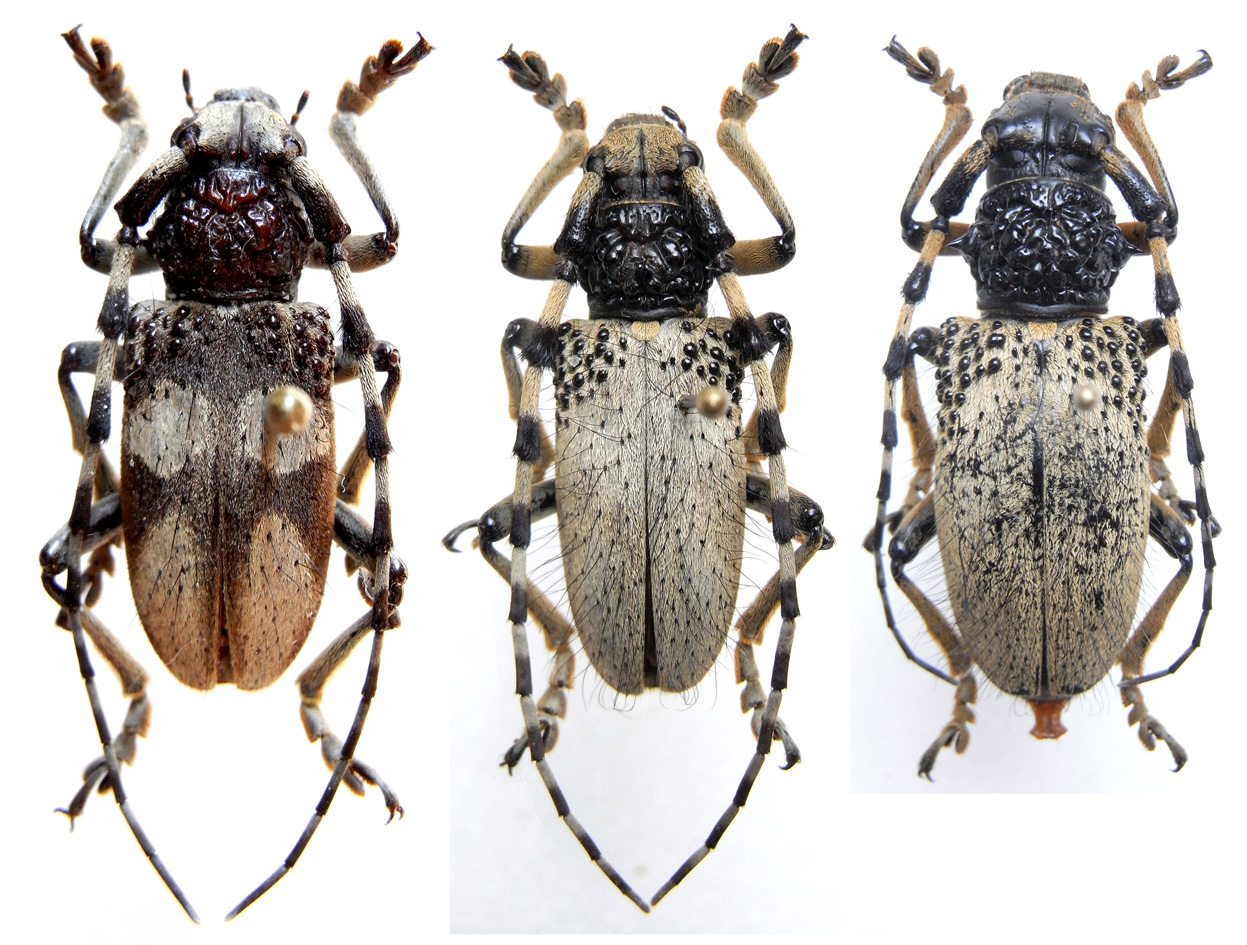
461.72 KB
|
| Les |
Posted - 22/10/2016 : 07:34:35
Reopening this old post, as I think I have found a similar specimen to the original photo, and am slightly confused as to it's id from the last post, or perhaps matters have changed in the last 6 years. This was also taken in Chiang Mai Province, on Doi Pui at c.1500m. on 21 October 2016. Clarification of id would be welcome.
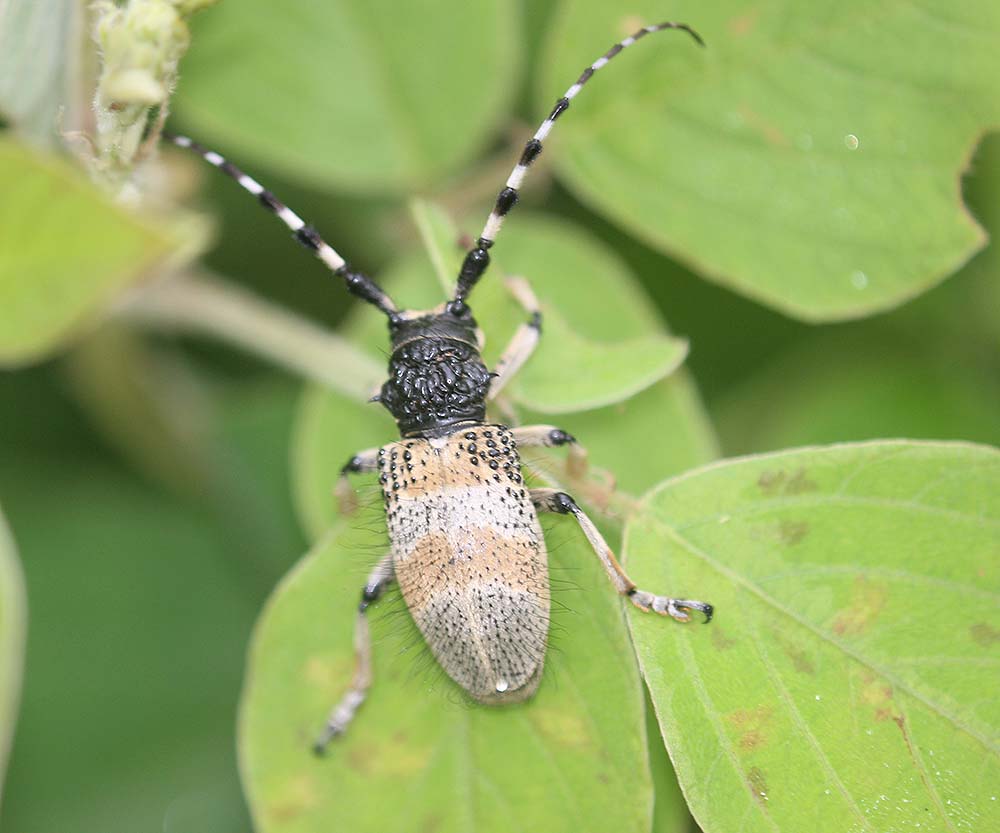
83.81 KB |
| Francesco |
Posted - 11/08/2010 : 09:38:55
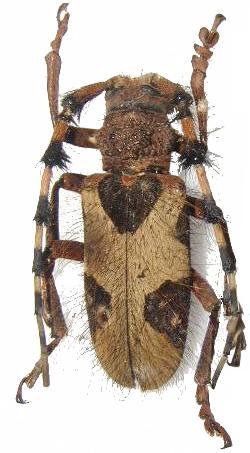
The first specimen (a female) seems to me a variety of Arctolamia fruhstorferi Aurivillius, 1902 with united basal band (above a male of the typical form).
This pattern perfectly corresponds to Arctolamia fasciata var. grisea Pic, 1927, which Breuning considered as a true species, but Pu re-considered as a variety of A. fasciata.
Nonetheless, this variety was described from Vietnam and had the first five antennal joints with tufts of hairs, exactly as A. fruhstorferi. Moreover, your picture makes me think that grisea is instead a variety of fruhstorferi.
The remaining two Arctolamia are a female and a male of A. fasciata respectively, as you correctly supposed. |
| Tuy |
Posted - 11/08/2010 : 08:23:29
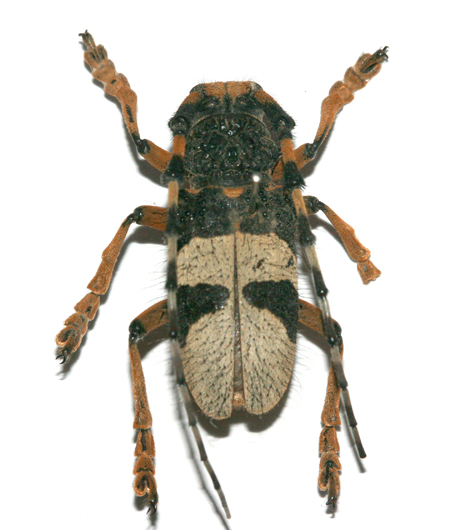
Arctolamia fasciata
Form Chiangmai Thailand. |
| Tuy |
Posted - 11/08/2010 : 07:37:50

Arctolamia fasciata?
Form Chiangmai Thailand. |
| Tuy |
Posted - 11/08/2010 : 06:59:40
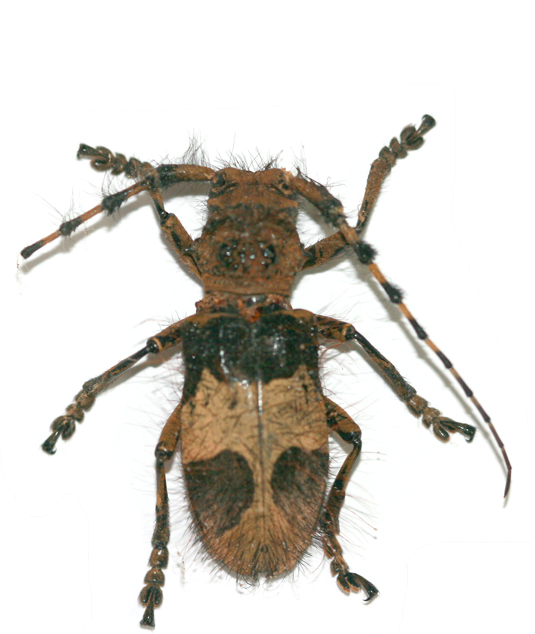
This Arctolamia sp.
(Form border Thailand - Laos) |
| Tuy |
Posted - 11/08/2010 : 06:52:25
Thank you very much for your kindness help.
It make me have encouragement and confident to find out any Longhorn-beetles.
And could you tell me, how can I find the science name of Cerambycid that I interested. |
| Francesco |
Posted - 10/08/2010 : 09:28:31
Hi Tuy, welcome in the Forum!
You are right, your beetle belongs to the genus Arctolamia, but I am not sure regarding the species. It seems a new (?) species somewhere related to Arctolamia fasciata, but the position of the dark and light bands looks different. In particular, the elytral apex is dark and the basis light. |


